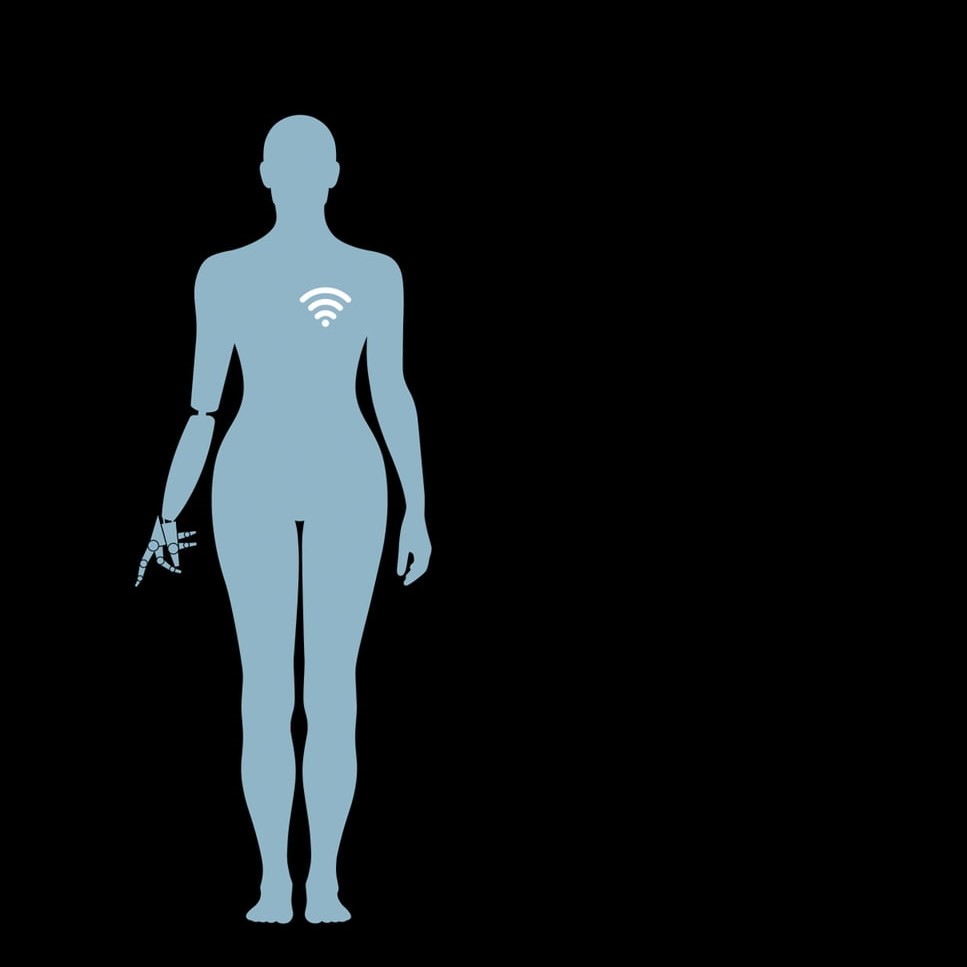(Pop) Cultural Marxism, Episode 10: It’s Not Easy Being Green (Under Capitalism)
Description
What does culture look like in a “sustainable” world? In episode of 10 of (Pop) Cultural Marxism, Ajay, Isi, and guest Rebecca Ariel Porte examine the problems with “green” technology and consumption—which, it turns out, do little, nothing, or less than nothing to sustain the environment—and talk about the kinds of cultural forms, from literature to architecture to games, that are not only sustainable in terms of ecology and society but also aesthetically compelling and beautiful. How does genuine ecological sustainability depend on social sustainability for artists and engineers and other creative workers, and promote far richer aesthetic expressions? Why is so much “Green”-branded work—in everything from the built world to fine art—anything but? What forms of aesthetic creation not usually thought of as ecological, are actually sustainable in every dimension? How does our current unsustainable social and ecological society constrict imagination and creative effloresce? And how would even a modestly more sustainable world, actually enable and support such creative flourishing? Looking to both current and historical examples, Isi, Rebecca, and Ajay review art installations like Walter De Maria’s The New York Earth Room and the MOMA’s Emerging Ecologies: Architecture and the Rise of Environmentalism; architecture from the “PR-architecture” of projects like “Oceanix” to the actual sustainability found in works like Võ Tr?ng Ngh?a’s “Farming Kindergarten”; unexhausted forms in music (from Bach to Stravinsky, pop music to the vast world of jazz) and in verse, such as the ghazals of poet Anthony Madrid; film, tv, and even videogames, whether low-powered and low-tech (as with recent critical and commercial successes like Hades (Supergiant) or Stardew Valley (Concerned Ape)) or high-powered and high-tech (and highly popular), like Zelda, Elden Ring, and more. How is production—from emissions to mineral inputs, exploitative assembly and “crunch”—key to understanding aesthetic exhaustions? How does unsustainable ecological design and an ever accelerating model of production stifle creativity and promote ever narrower, more costly, and less interesting work? How does a model like streaming—and other modes of supposedly “dematerialized” distribution—actually obscure ecological damage while simultaneously making aesthetic production more difficult for artists and aesthetic consumption less compelling for everyone? What is the “trickle up misery” of “defensive architecture”? In the face of a capitalist ethos that always insists on creativity as bound to a logic of “bigger, faster, better, more,” the conversation explores the ways in which working, creating, designing, and engineering within limits has produced some of the most exciting aesthetic forms and experiences, and how the necessity of ecological and social limits can act as the “enabling constraints” of a far more compelling aesthetic life than the all-too-real dystopia of today.
























